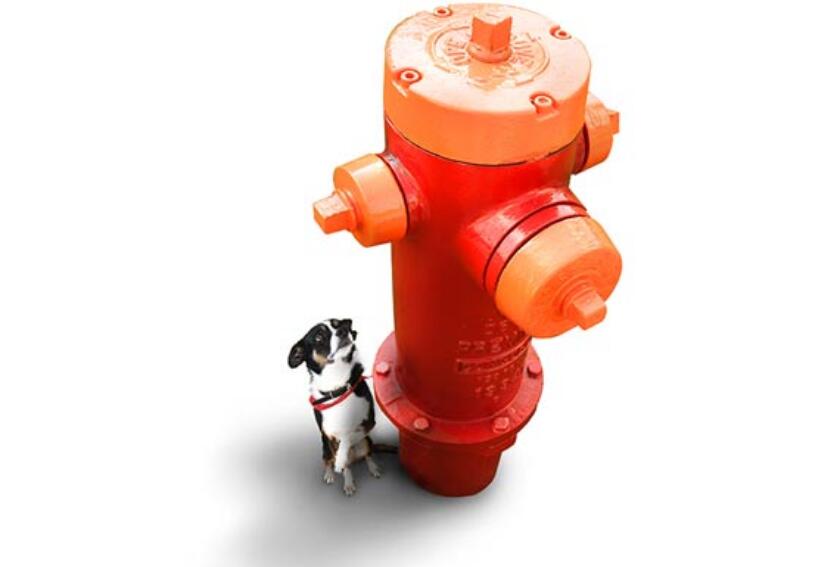 Urinary tract problems should not be ignored
Urinary tract problems should not be ignored
Sometimes it’s hard to know when your dog is not feeling well, but urinary problems can get the attention they deserve. When a dog has blood in his urine, is nervous about urinating, produces abnormally small or large amounts of urine, or starts having accidents around the house, something is clearly wrong. Let’s take a look at some common dog urine problems and how to fix them.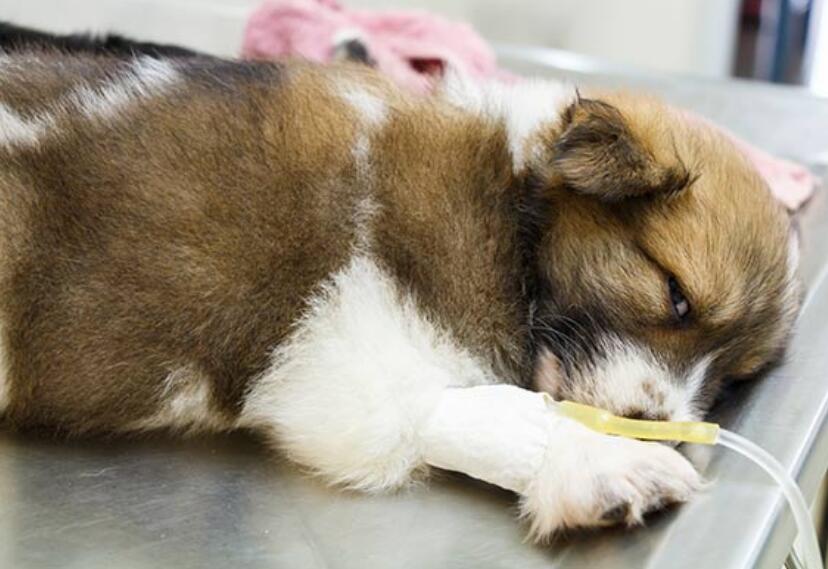 Urinary tract infection
Urinary tract infection
Urinary tract bacterial infections (UTIs) are the most common in females, but can occur in any dog. Bladder infections are more common, but can be more serious if the infection involves the dog’s kidneys.
Your veterinarian can diagnose UTI based on your dog’s symptoms and routine urinalysis, but more complex cases require blood work, urine cultures, or other diagnostic tests. Treatment of bladder infections with appropriate antibiotics usually works well. Kidney infections usually require hospitalization for intravenous fluid therapy and antibiotic treatment.
If the urinary tract infection recurs, your veterinarian will need to look for an underlying cause.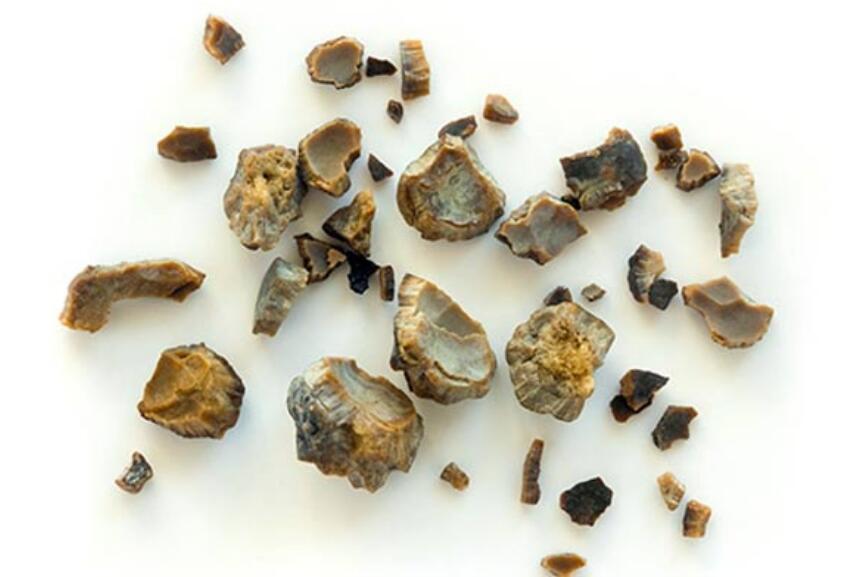 Bladder Stones
Bladder Stones
Stones (urinary stones) can develop anywhere in the dog’s urethra, but most commonly in the bladder. Large stones can usually be seen on x-ray, but it takes an ultrasound examination of the abdomen to detect small stones.
Bladder stones can be composed of a variety of minerals, including guano stones, calcium oxalate and urates, and treatment recommendations vary depending on the type of stone identified. For example, guano stones can often be dissolved by feeding dogs a specific type of food or giving them urine acidifiers, but removing other types of stones requires surgery.
Sometimes a rock can get stuck in the urethra and this completely stops the dog from urinating. This is an emergency! If you think your dog has a urinary tract obstruction, take him to the vet immediately.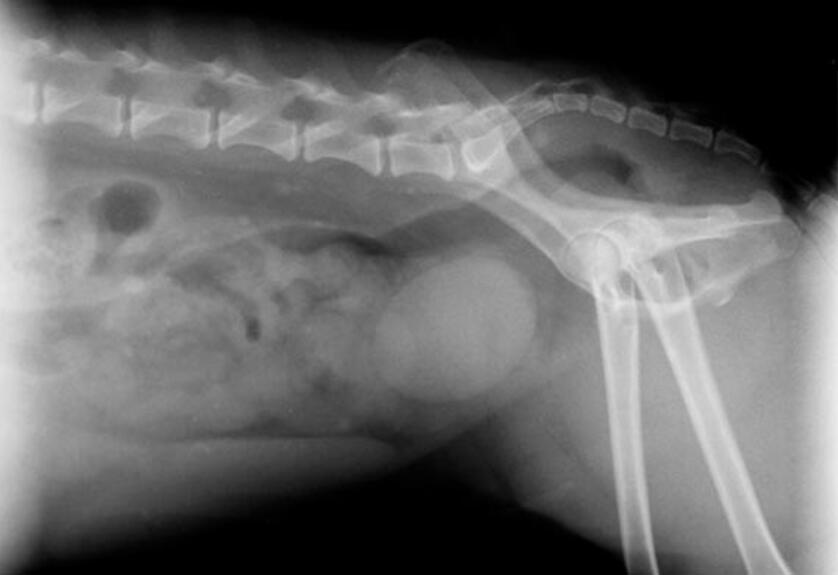 bladder cancer
bladder cancer
Different types of cancer can affect all parts of the urinary tract in dogs, but migratory cell carcinoma of the bladder (TCC) is the most common. It is an aggressive, malignant cancer. It is usually diagnosed by urinalysis, urine sediment cytology, bladder tumor antigen testing, x-ray and/or ultrasound, and tissue biopsy.
Treatment for TCC may include surgery, chemotherapy, radiation therapy, and/or palliative care. Most dogs with TCC take piroxicam because it relieves discomfort and appears to slow the progression of the disease. It is important to understand that even the most aggressive treatments do not cure TCC, but they can improve the dog’s quality of life and prolong survival. Renal Failure
Renal Failure
Acute kidney failure occurs when an infection, toxin (such as antifreeze), or other problem causes the kidneys to lose function in a short period of time. Chronic kidney failure occurs more slowly and usually has no clear cause.
Dogs with kidney failure often drink and urinate more than normal, become lethargic, stop eating, vomit and lose weight. In the later stages of the disease, they may produce only a small amount of urine or stop urinating altogether. Blood tests and urinalysis can determine if the dog’s kidneys are functioning normally, but additional tests may be needed to determine the underlying cause.
Treatment of kidney failure depends on the dog, but usually requires a combination of some fluid therapy, special diet and medications to treat the underlying cause or control the symptoms. Chronic renal failure does get worse over time, but the rate at which it occurs can vary greatly.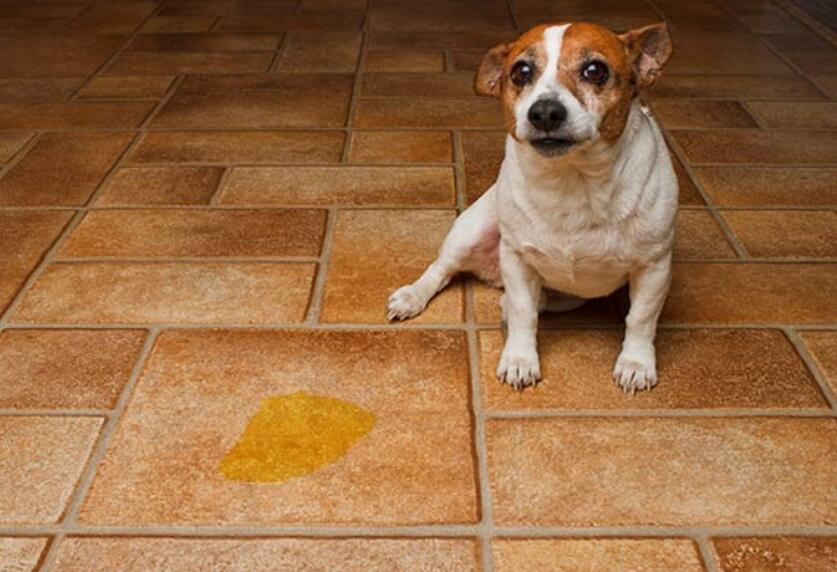 Urinary incontinence
Urinary incontinence
Urinary incontinence most commonly affects spayed, female dogs, but can develop in any individual. It is usually caused by a hormone deficiency that results in loss of control of the urethral sphincter (the muscle that prevents urine from leaking out of the bladder), but may also involve structural or neurological problems.
Dogs that are incontinent but otherwise seem to be normal. Mild cases may only occasionally leak a small amount of urine (especially when they are sleeping). In extreme cases, infected dogs dribble urine almost uninterruptedly. Incontinent dogs can develop skin problems around the hind end due to urine scalding and are at higher risk of developing urinary tract infections.
Phenylpropanolamine (PPA) is the most common drug used to treat urinary incontinence in dogs. Hormone replacement therapy is another option, although it carries a higher risk of side effects. If medications do not adequately control the dog’s incontinence, multiple surgical procedures are possible. Which treatment is best depends on the dog’s specific condition.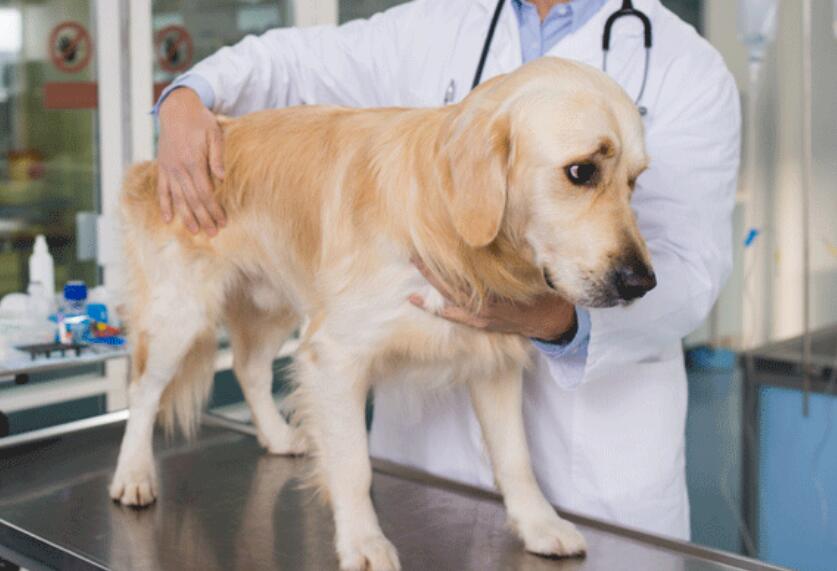 Prostate diseases – Diseases of the prostate gland
Prostate diseases – Diseases of the prostate gland
Prostate disease is a relatively common cause of urinary symptoms in male dogs. Neutered dogs are at higher risk for prostate cancer, while intact dogs are more likely to develop prostate infections or benign prostatic hypertrophy (BPH). Dogs with prostate disease may urinate or defecate due to fatigue and have blood in their urine.
A veterinarian can usually determine if a dog’s prostate is normal or enlarged by rectal palpation, but other tests may be needed to determine specific disease and plan appropriate treatment. When an intact male dog is diagnosed with BPH, neutering is almost always efficacious. Prostate infections may respond to extended antibiotic therapy, but sometimes surgical drainage of the abscess is required. Treatment options for prostate cancer include surgery, radiation, chemotherapy, and/or palliative care, but the prognosis is generally poor.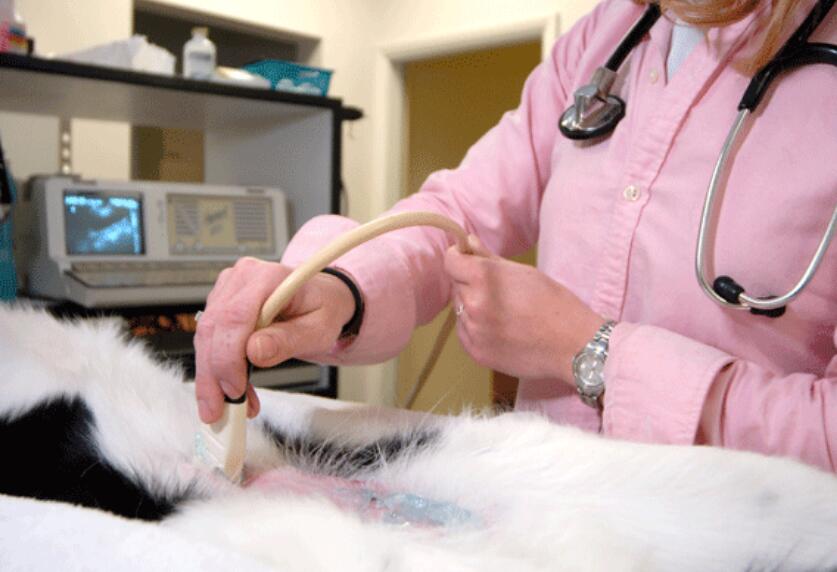 Uterine pus accumulation
Uterine pus accumulation
Intact female dogs are at high risk for a uterine infection called uterine pus accumulation. Uterine effusion is most common in middle-aged or older females, about one to two months after their estrous cycle has ended. Dogs with pyometra will usually urinate and drink more than normal, and blood-tinged pus may flow from the vulva. Lethargy, depression and vomiting are also common. The results of blood tests, x-rays, abdominal ultrasound and microscopic examination of cell samples collected from the dog’s vulva are used to confirm the diagnosis and plan appropriate treatment.
Emergency excision is the best treatment for uterine pus accumulation. Patients who are less well may need fluid therapy, antibiotics and other types of supportive treatment before surgery can be attempted. Uterine sepsis is a fatal condition unless it is treated quickly.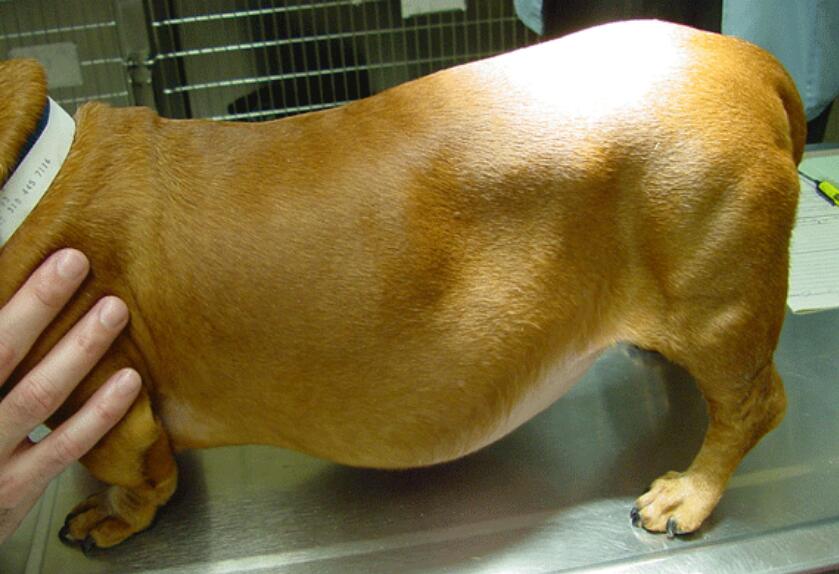 Cushing’s disease
Cushing’s disease
Cushing’s disease (adrenaline hypersensitivity) occurs when the dog’s body is affected by abnormally high levels of cortisol. This may be due to corticosteroid medication, pituitary tumors or adrenal tumors. Dogs with Cushing’s disease usually urinate and drink more than normal, have a large appetite, poor quality fur, abnormal skin, and a bulging abdomen.
Diagnosing Cushing’s disease is not always easy and may involve many different laboratory tests. Treatment depends on the underlying cause. Dogs receiving corticosteroids need to be slowly reduced on these medications. Adrenal tumors can be surgically removed. Dogs with pituitary-type disease are often treated with Tristan or Mitotane to suppress cortisol production. Diabetes
Diabetes
Diabetes is caused by excessive levels of glucose (sugar) in the blood and low levels of intracellular glucose due to insufficient insulin secretion, inability of the pancreas (type 1 diabetes) or cells in the body to cope with normal concentrations of insulin (type 2 diabetes).
Typical symptoms of diabetes include increased urination, thirst, weakness, weight loss despite a good appetite or even hunger, recurrent infections (especially urinary tract infections) and the development of cataracts. Over time, severe, uncontrolled diabetes can lead to dehydration, electrolyte abnormalities and death. Veterinarians usually diagnose diabetes based on the animal’s clinical signs, elevated blood glucose levels and glucose in the urine.
Diabetic dogs are usually treated with insulin injections, diet changes, and sometimes oral medications. Other causes of urinary tract problems in dogs
Other causes of urinary tract problems in dogs
Of course, this is not an exhaustive list of all possible causes of urinary tract disorders in dogs. Other conditions can cause a dog to urinate irregularly. If you suspect your dog has a urinary tract problem, make an appointment with your veterinarian. Early diagnosis and treatment is the best way to get your dog back on his feet quickly.

